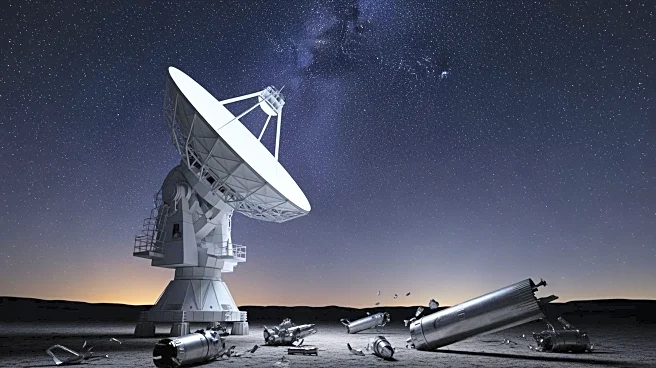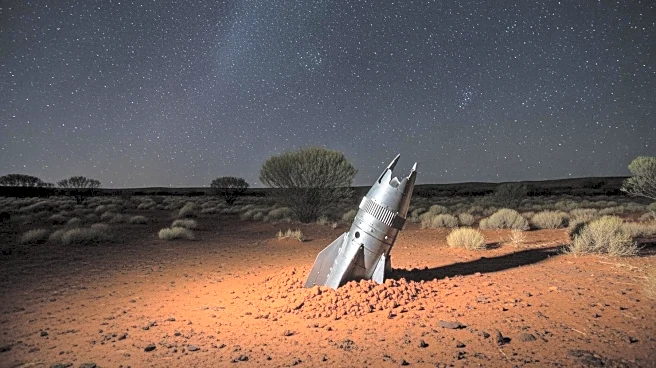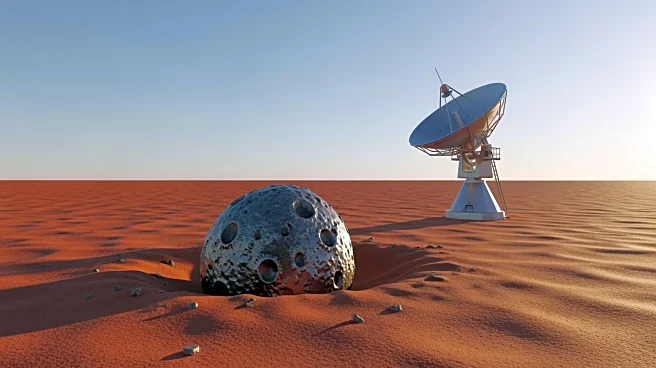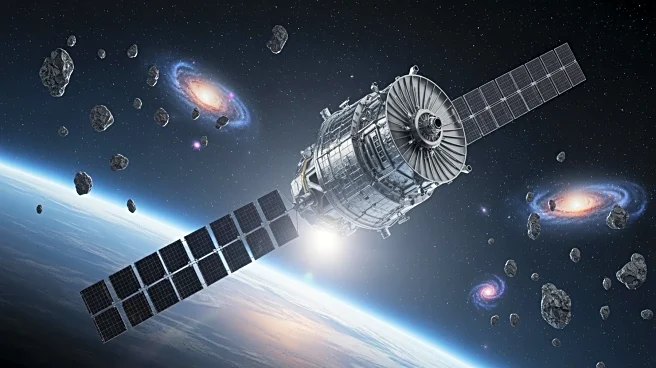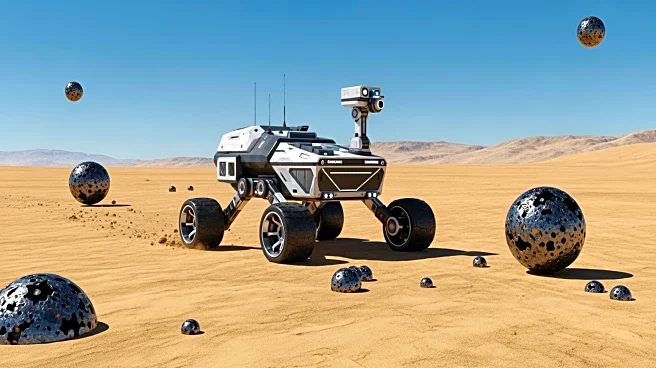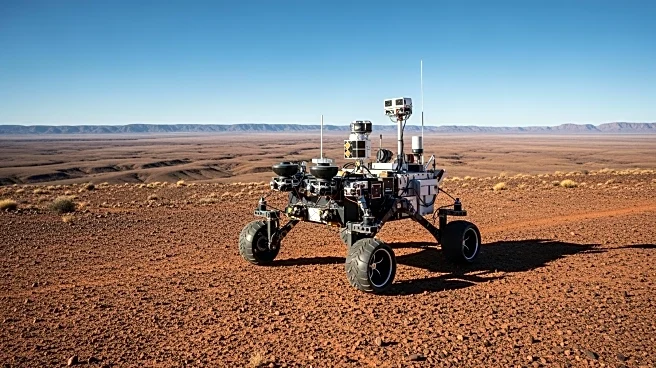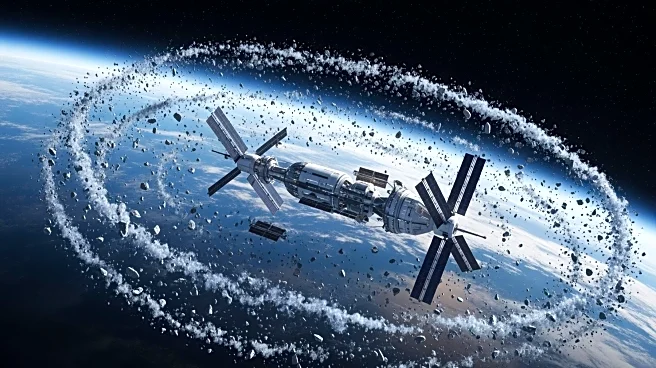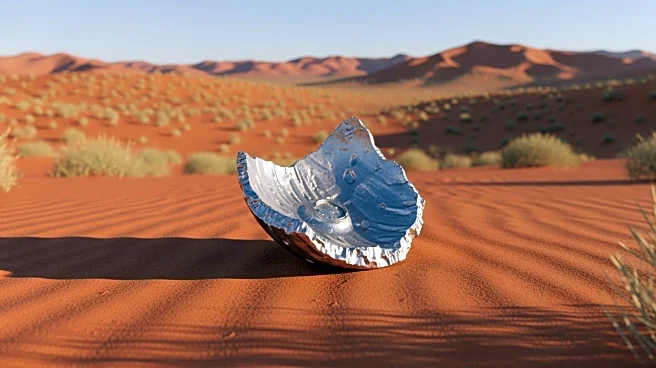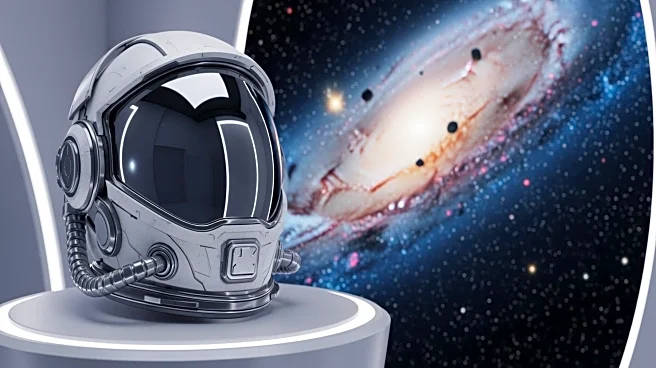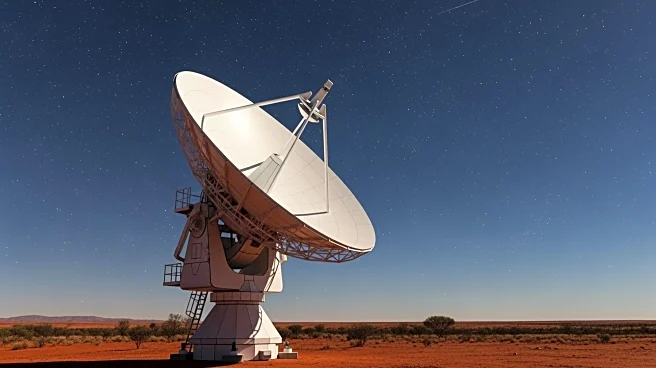What's Happening?
A mysterious piece of metal debris, believed to be from a Chinese rocket, was discovered in the Australian outback near Newman, Western Australia. The debris, which includes components made of carbon fiber,
was found by mine workers and is suspected to be a composite overwrapped pressure vessel (COPV) used in rockets. The Australian Space Agency is conducting technical analysis to confirm the origin of the debris and is engaging with international counterparts to determine its exact nature.
Why It's Important?
The incident underscores the growing issue of space debris and its potential impact on Earth. As the number of space launches increases, so does the risk of debris re-entering the Earth's atmosphere and causing damage or posing safety hazards. This event highlights the need for international cooperation in tracking and managing space debris to prevent potential accidents and ensure the safety of both space operations and terrestrial environments.
What's Next?
The Australian Space Agency's investigation will likely involve collaboration with other space agencies to trace the debris back to its source. This could lead to diplomatic discussions with China regarding the management of space debris and the responsibilities of spacefaring nations. The findings may also prompt a review of international guidelines and agreements on space debris mitigation and management.
Beyond the Headlines
The discovery of space debris in remote areas raises questions about the environmental impact of space activities and the ethical responsibilities of countries engaged in space exploration. It also highlights the need for public awareness and education on the challenges and risks associated with space debris. As space becomes more accessible, balancing technological progress with environmental protection will be crucial for sustainable development.
